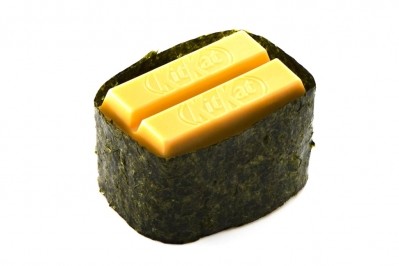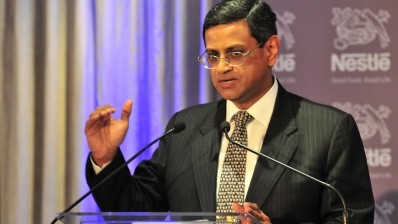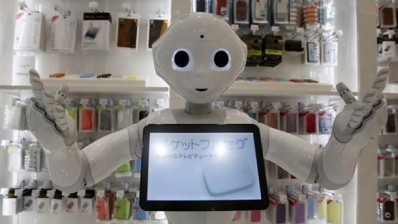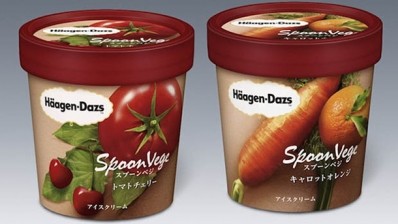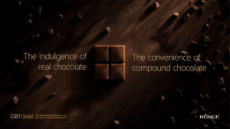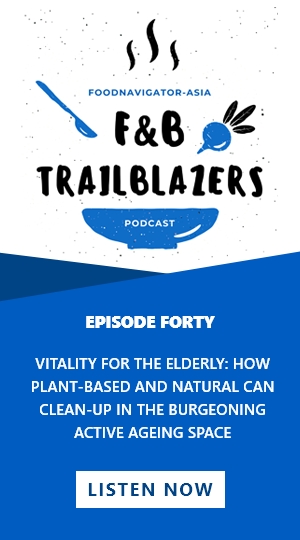Company update
Nestlé Japan 100 years on: wasabi KitKats and nutrition on wheels
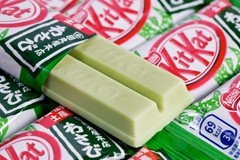
Recent statistics from the Japanese Health and Welfare Ministry reveal that Japan's population of 128m will fall by more than one-third by 2060, by which time around 40% of the country’s population will be over the age of 65.
This, of course, puts pressure on the world’s biggest food and beverage producer to adapt in this lucrative yet difficult market.
“Japan faces specific challenges with its ageing and shrinking population,” said Kozo Takaoka, Nestlé Japan’s chief executive. “In many ways Japan is experiencing the challenges we will eventually face elsewhere.
“Innovation is key and as we have seen over the past years, Nestlé Japan is capable of finding innovative ways to meet this new reality.”
So what has the company done to achieve this?
For one fast-growing section of Japanese society—the aged who receive in-home care, and their care providers—Nestlé Japan founded a health science unit in 2009 to offer nutritional healthcare products and nutrition-related consulting online and via a call centre.
One of its brands, Isocal, offers Japanese consumers Isocal Arginaid, an adapted nutritional product for inactive people who suffer from bed sores, which has been used in Japan for several years.
The same year, the company opened its first Japan-based fundamental scientific research unit, which is based at the University of Tokyo, to focus on research in nutrition and health.
Smelling the coffee
Another Japan-only initiative was to widen the appeal of KitKat, one of the world’s best-known chocolate bars, to Japanese consumers by launching unusual flavours, such as black sugar and roasted soy bean flour, wasabi, green tea, cola and lemon soda, and European cheese.
Indeed, Nestlé Japan has launched more than 200 different KitKat varieties in its confectionery range, taking the brand to number one in the chocolate category in Japan last year.
Moreover, the company produces speciality and seasonal KitKat bars, which are only available in certain regions of Japan and use flavours specific to the area.
One of these, KitKat Zunda, uses a creamy soy bean paste flavour that is particular to the Tohoku region. In the Tochigi district, KitKat Tochiotome uses a variety of strawberries from the area, and around Kyoto, KitKat Maccha includes green tea made by local tea makers.
On the beverage front, Nescafé first arrived in Japan 28 years after it was launched in Switzerland in 1938.
About a decade ago, the company adapted the global brand for local consumers by launching Nescafé Bottle Coffee. More recently, in 2007, it started selling Nescafé Dolce Gusto, the “coffee-shop-at-home” machine that makes a number of beverages, including espresso, cappuccino and even green tea latte.
Corporate growth
Nestlé started its operations in Japan after the company and the Anglo-Swiss Condensed Milk Company opened a branch in the southern city of Yokohama, eight years after the two organisations merged in Switzerland in 1905.
Back then, Japanese consumers were able to buy Nestlé products such as condensed milk and milk food. In 1922, the branch moved to the city of Kobe, south-west of Japan.
Nestlé in Japan has expanded its operations over the decades offering Japanese consumers brands such as Maggi, Milo and Nestlé Krematop. Today it employs about 2,200 people in Japan and operates three factories.
Japan is one of Nestlé’s 15 biggest markets worldwide, with annual sales last year totalling more than CHF1.8bn (US$1,9bn), said Nandu Nandkishore, head of Nestlé’s Asia, Oceania, Africa and the Middle East zone.
“Japan was the strongest performer amongst the developed markets in Asia, Oceania and Africa in 2012, with Nescafé Dolce Gusto and KitKat the highlights.”
